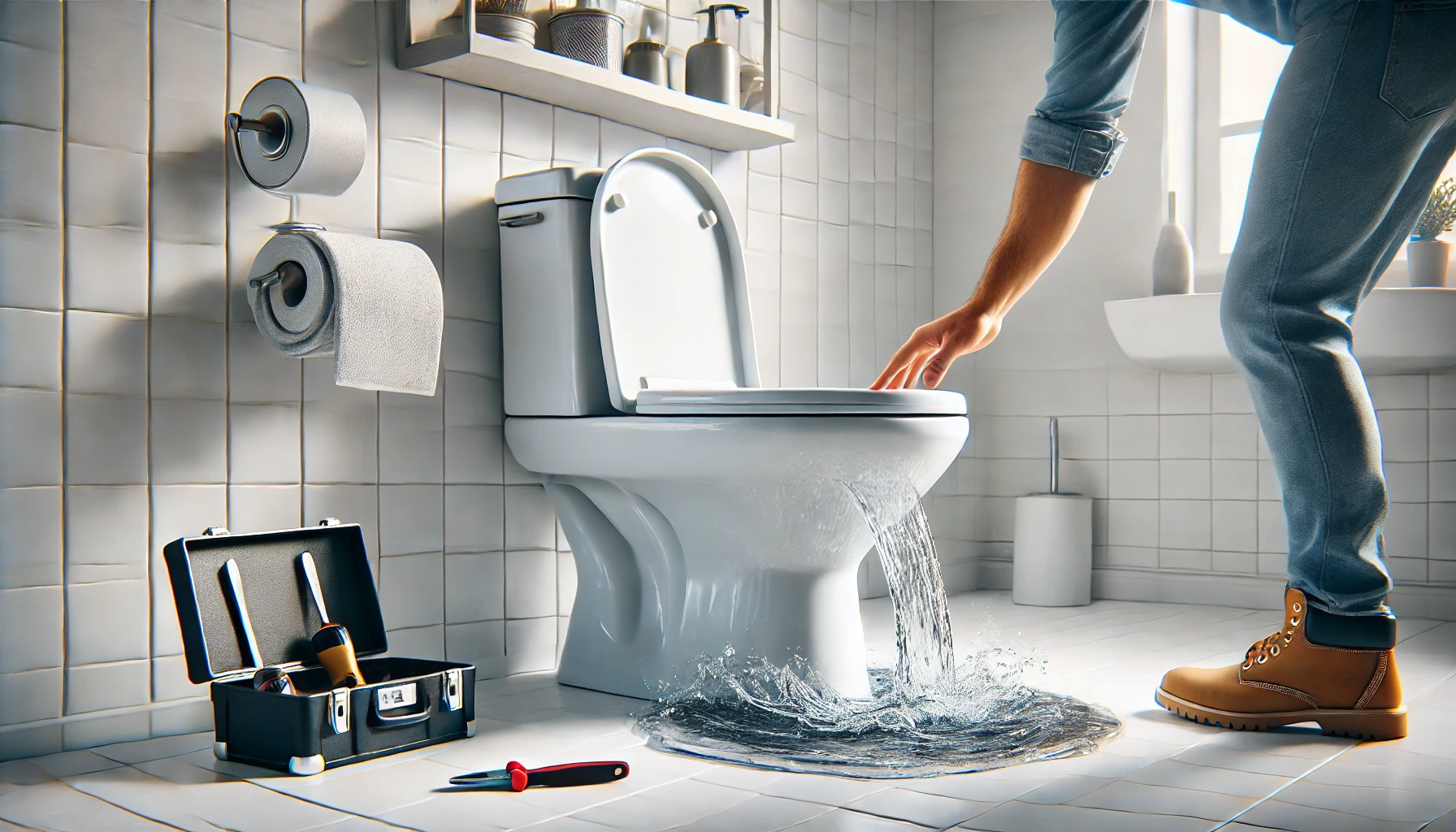
Proper toilet flushing is essential for maintaining a clean and hygienic bathroom environment. When a toilet doesn’t flush properly, it can lead to unsanitary conditions, unpleasant odors, and increased water usage. Understanding and addressing common flushing issues can save time, money, and frustration, ensuring your toilet operates efficiently.
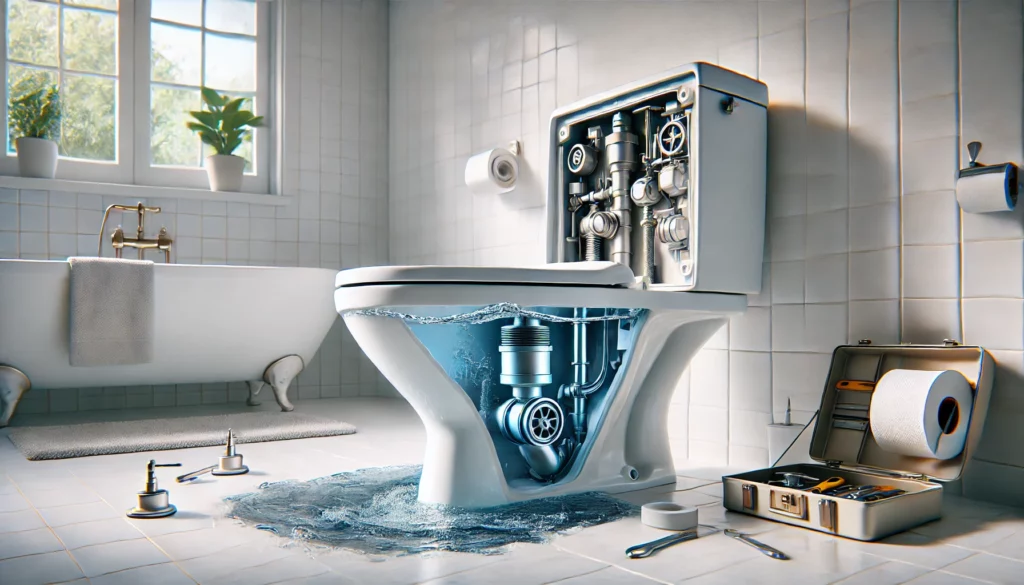
To comprehend why toilets sometimes fail to flush effectively, it’s crucial to understand how a toilet flush works or call emergency professional plumbers. When you flush, the toilet’s handle lifts a chain that opens the flapper, allowing water to rush from the tank into the bowl. This water creates a siphon effect, pulling waste down the drain. The key components involved in this process include the flapper, flush valve, chain, and rim jets. If any of these elements malfunction or become blocked, the toilet’s flushing power can be compromised.
A slow or sluggish flushing toilet is often due to low water levels in the tank, minor clogs in the drain or trap, or mineral buildup in the rim jets. These issues can prevent the toilet from creating the necessary force to clear the bowl completely.
A weak flush may occur if the flush valve doesn’t open fully, the chain is too loose, or the water level in the tank is too low. This can result in waste remaining in the bowl after flushing.
When a toilet won’t flush at all, it could be due to a severe clog, a broken lift chain, or a malfunctioning flapper. This issue requires immediate attention to avoid overflow or damage to the plumbing system as well as plumbers fixing a toilet cost.
A partial flush, where the toilet doesn’t clear waste completely, often indicates a blockage in the siphon jet or a low water level. It may also result from the flapper closing too quickly.
To diagnose a toilet flushing problem, start by checking the water level in the tank. If it’s low, adjust the float. Next, inspect the flush valve and flapper for wear or misalignment. Use a plunger or drain snake to clear any visible clogs. Tools like a mirror, wire hanger, or small brush can help you check the rim jets and siphon jet for blockages.
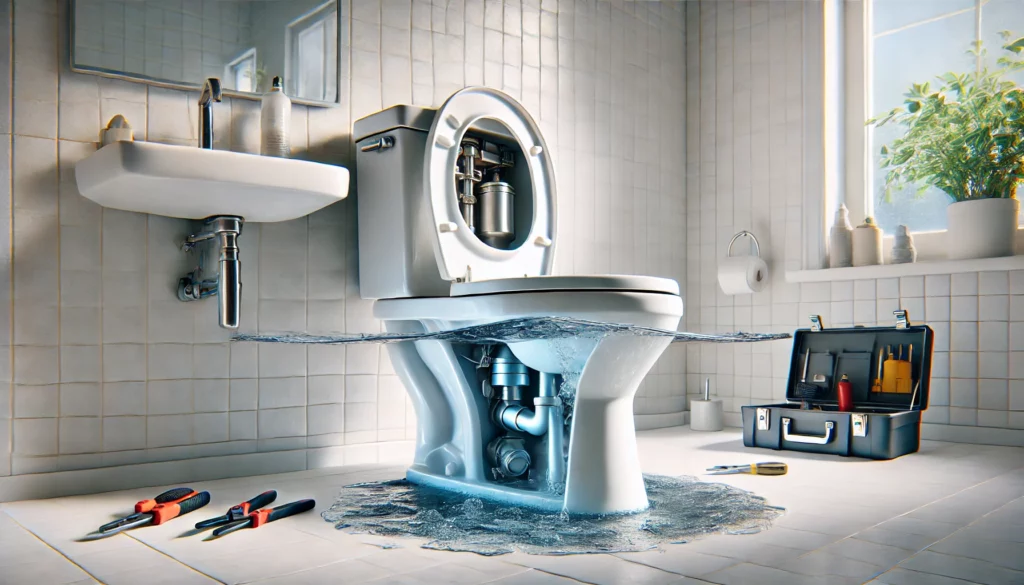
Use a plunger to dislodge minor clogs in the toilet bowl or drain. For more stubborn clogs, a drain snake can reach further into the pipes to clear obstructions.
Mineral buildup can block the rim jets, reducing water flow. Clean these jets with vinegar or a mineral remover and a small brush or wire to restore full water pressure.
If the water level in the tank is too low, adjust the float to raise it to about a half-inch below the overflow pipe. This ensures enough water is available to create a powerful flush.
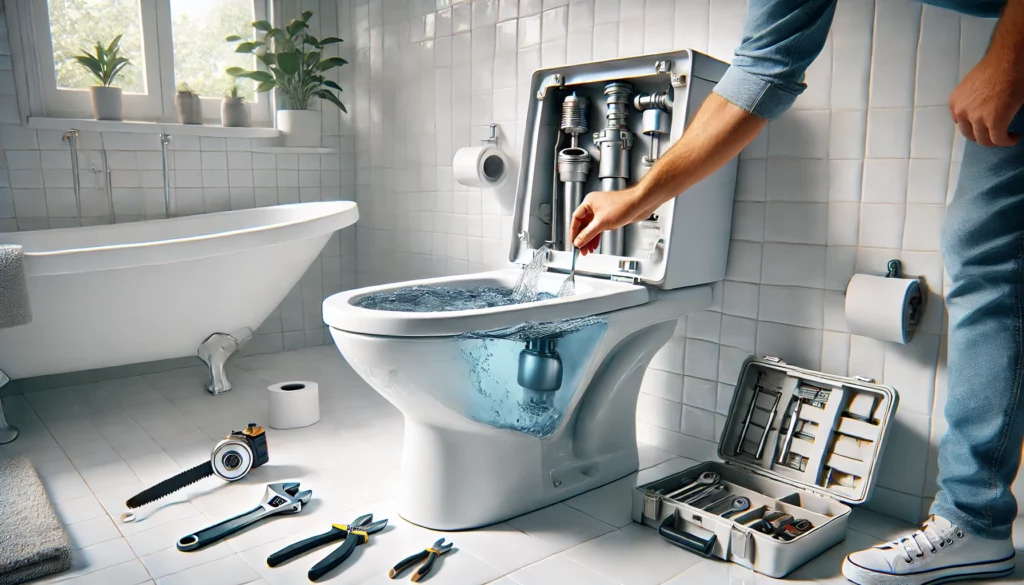
Ensure the chain connected to the flapper isn’t too loose or too tight. A properly adjusted chain allows the flapper to open fully when the toilet is flushed.
Inspect the flush valve for debris or buildup that could be hindering the flow of water. Clean it thoroughly to improve water flow into the bowl.
A worn or damaged flapper can cause weak flushing. If the flapper is not sealing properly, replace it with a new one to restore the toilet’s flushing power.
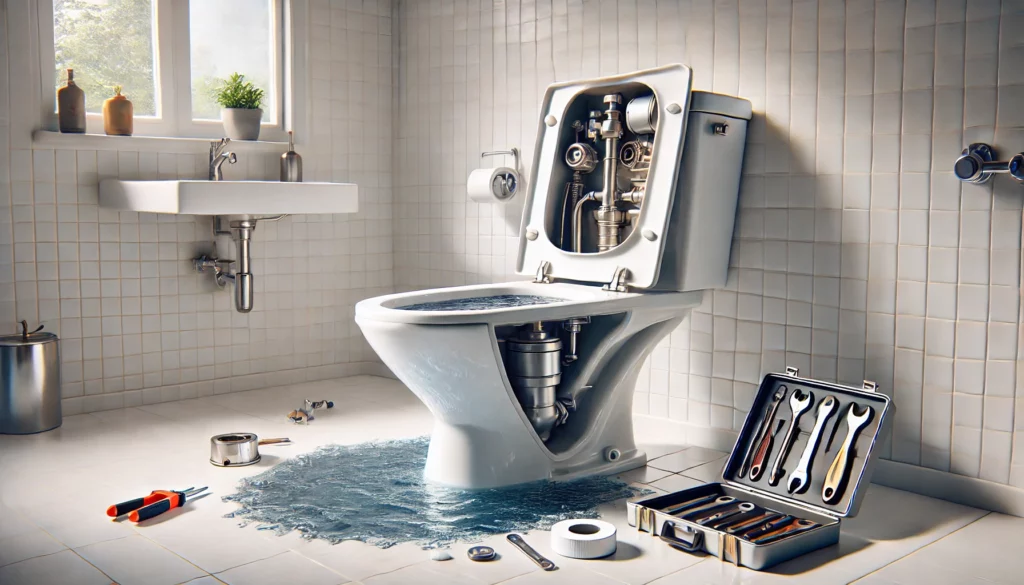
For toilets that won’t flush at all, a severe clog may be the culprit. Use a drain snake or professional-grade auger to clear the blockage.
If the lift chain is broken or disconnected, the flapper won’t open, preventing the toilet from flushing. Reattach or replace the chain to restore function.
Sometimes small objects get stuck in the toilet trap, causing a blockage. Carefully remove any visible obstructions to restore normal flushing.
To make a toilet flush harder, increase the water level in the tank. This creates more force when the toilet is flushed, ensuring a complete flush.
Hard water can leave calcium deposits in the toilet’s siphon jet and rim jets. Regularly clean these areas to maintain optimal water flow and flushing power.
Consider upgrading to a modern, high-efficiency toilet designed to use less water while providing a powerful flush. These toilets are engineered to prevent common flushing problems.
To make your toilet flush harder and faster, there are several steps you can take to optimize its performance.
By following these steps, you can significantly improve your toilet’s flushing power and speed. If these adjustments don’t resolve the issue, it may be time to consult a professional plumber for further diagnosis and repairs.
Regular cleaning and maintenance can prevent many common toilet flushing issues. Clean the tank, bowl, and jets regularly to avoid mineral buildup and clogs. Avoid flushing non-degradable items that can cause blockages, and periodically check the toilet’s components to ensure they are functioning properly.
If your toilet flushes weakly despite your best efforts, or if multiple toilets in your home are experiencing similar issues, it may be time to call a professional plumber. Persistent problems, foul odors, or signs of a blocked sewer line are indicators that a more serious issue might be at play. Professional plumbers have the expertise and tools needed to diagnose and fix complex plumbing issues effectively.
Addressing toilet flushing issues promptly is crucial for maintaining a functional and hygienic bathroom. By understanding the common causes of flushing problems and how to fix them, you can keep your toilet running smoothly. Regular maintenance and timely repairs will help prevent more serious issues down the line.
Why is my toilet not flushing but not clogged?
A toilet that won’t flush but isn’t clogged may have a low water level, a faulty flapper, or a blocked vent stack.
How can I make my toilet flush faster?
To make your toilet flush faster, increase the water level in the tank and clean any mineral buildup from the rim jets and siphon jet.
What causes a toilet to flush slowly?
Common causes of a slow flush include low water levels, clogs, mineral buildup, or a malfunctioning flush valve.
How do I fix a toilet that won’t flush all the way?
Check the water level, clean the rim jets, and ensure the flapper is sealing properly to fix a toilet that won’t flush all the way.
I bring over 9 years of dedicated plumbing experience to the table. As a seasoned professional in the plumbing industry, I've tackled a wide range of projects, from residential repairs to large-scale commercial installations.

